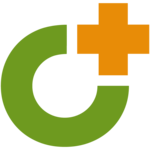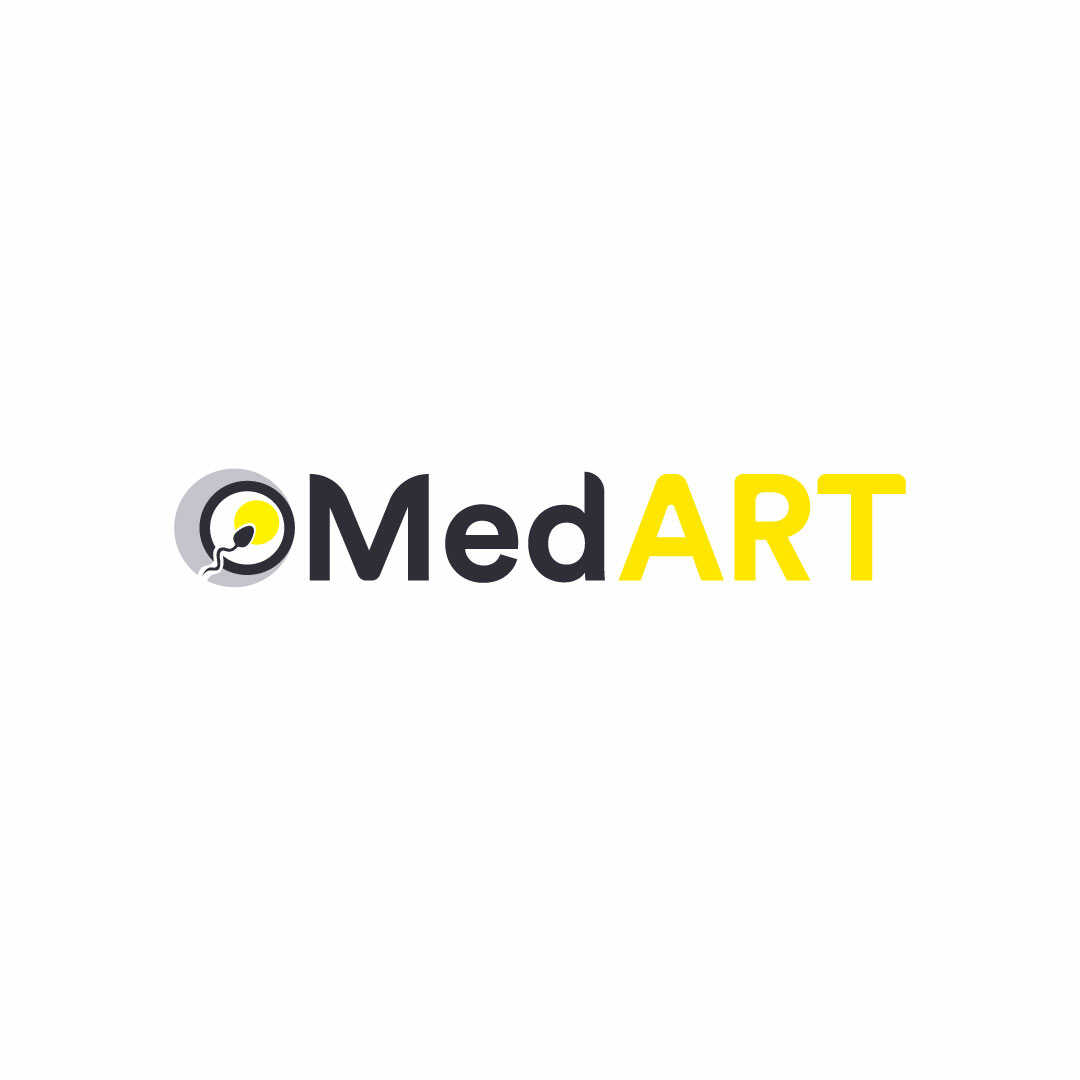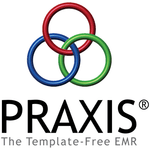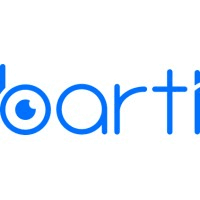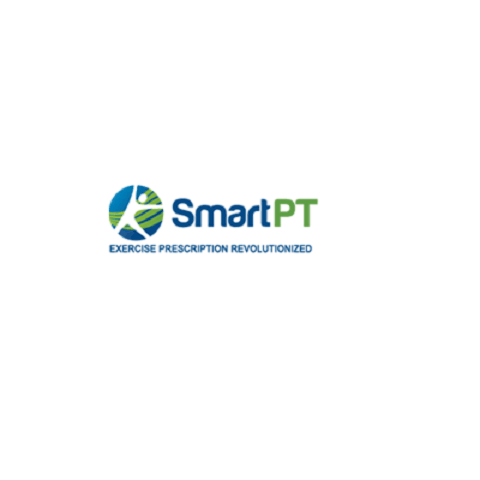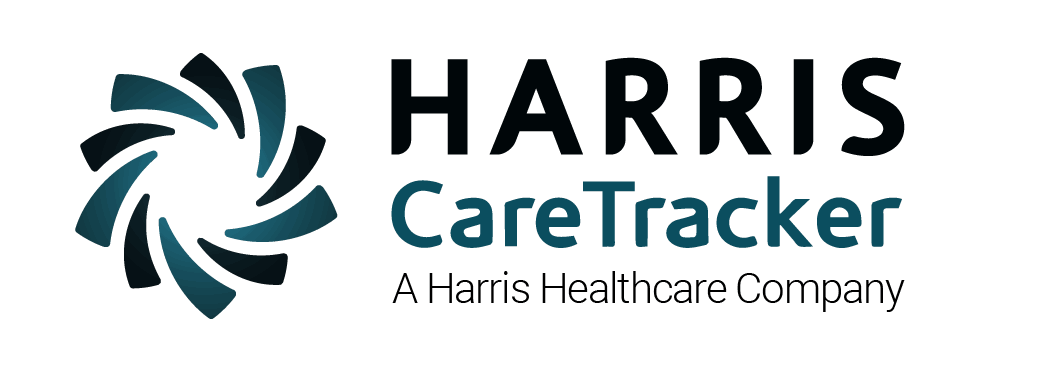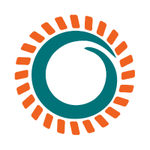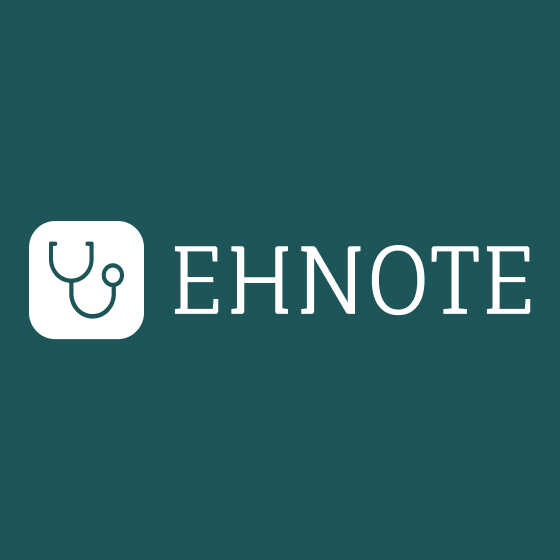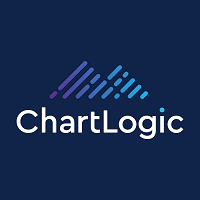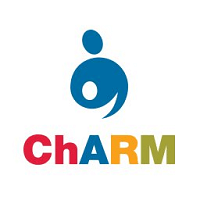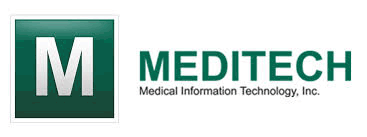What Is Electronic Health Record (EHR) Software?
Software for electronic health records (EHRs) is a computer system made to store, organize, and distribute patient medical data. Because it enables real-time access to and updating of patient records, it is a vital tool for healthcare practitioners and raises the standard of treatment overall. The capacity to interact with different healthcare systems and technologies, including laboratory testing, medical imaging, and vital sign tracking, is one of the primary characteristics of EHR software.
This guarantees a thorough and current picture of a patient's health, which can help with precise diagnosis and treatment planning. Additionally, EHR software has strong data management features that let medical professionals effectively arrange and examine patient data. This entails documenting the patient's demographics, medical background, current prescriptions, allergies, and other details.
Healthcare practitioners can more easily spot trends and patterns in a patient's health because to the software's ability to produce reports and insights. EHR software provides capabilities that help various healthcare organizations communicate and work together in addition to managing data. This can include telemedicine services, referral management, and secure messaging, which enable patients to receive care that is more efficient and well-coordinated.
The healthcare sector places a high premium on security, and EHR software offers strong safeguards for patient data. This guarantees the safety and security of sensitive medical records and includes data encryption, access restriction, and frequent backups. All things considered, spending money on high-quality EHR software can lead to better patient outcomes, more productivity, and enhanced provider communication.
A user-friendly design, compatibility with your existing systems, and dependable customer support are crucial when thinking about buying EHR software. Healthcare professionals can efficiently manage patient records and deliver top-notch treatment with the correct EHR software.
What Are The Recent Trends In Electronic Health Record (EHR) Software?
The healthcare sector has been significantly impacted by a number of changes in electronic health record (EHR) software in recent years. The way healthcare practitioners offer care and handle patient health records has changed significantly as a result of these trends. It is essential to keep up with these trends as a prospective EHR software purchaser in order to make an informed choice.
1. Interoperability: The need for increased interoperability is one of the main trends in EHR software. This speaks to the smooth communication and data exchange between various systems. Healthcare providers are searching for EHR systems that can readily integrate with other platforms and systems, including lab systems, pharmacy systems, and patient portals, in light of the growing importance of value-based care models and the requirement for coordinated care. Better patient outcomes are eventually the result of more effective communication and information exchange made possible by this.
2. Cloud-Based EHR: The move to cloud-based solutions is another trend in EHR software. Cloud-based EHRs are housed on distant servers and accessed online, in contrast to on-premise systems that need servers and hardware to be maintained on-site. This makes it a more economical choice for healthcare clinics by doing away with the requirement for pricey infrastructure and IT support. Cloud-based EHRs also give the benefit of remote access, which enables medical professionals to view patient data at any time and from any location.
3. Patient Engagement: The importance of patient engagement in healthcare has increased in recent years. In response to this trend, EHR software has included tools that let patients contact their healthcare providers, make appointments, and view their medical records. This enhances the effectiveness and caliber of care delivery while also enabling patients to play a more active part in their treatment.
4. Artificial Intelligence (AI): EHR software is not an exception to the way AI is causing a stir in the healthcare sector. AI-powered EHRs can assist healthcare providers in finding patterns and insights that might otherwise go overlooked because of their capacity to analyze enormous volumes of data. Making more precise diagnosis and anticipating possible health problems in patients can be facilitated by this.
5. Mobile Compatibility: Healthcare providers are searching for EHR software that enables mobile compatibility as the use of mobile devices keeps increasing. This improves workflow flexibility and efficiency by enabling them to access patient records and complete duties while on the go.
Benefits Of Using Electronic Health Record (EHR) Software
Healthcare practitioners can store, manage, and retrieve patient health information with the use of electronic health record (EHR) software. This cutting-edge technology has transformed the healthcare sector and offers patients and healthcare providers a host of advantages. We will examine the many benefits of utilizing EHR software in this buyer's guide, as well as the reasons it is an essential tool for any contemporary healthcare establishment.
1. Better Treatment Of Patients: Improving patient care is one of the main advantages of utilizing EHR software. Healthcare professionals may quickly access and examine a patient's medical history, current prescriptions, and test results because all of their medical data is kept in one convenient spot. This lowers the possibility of mistakes and enables the physician to make better treatment choices. Additionally, clinical decision support tools that offer real-time alerts and reminders for preventative care or possible drug interactions are integrated into EHRs.
2. Time And Cost-Efficient: EHR Software decreases the burden and saves time for healthcare personnel by streamlining a variety of administrative processes, including insurance claims, billing, and appointment scheduling. Furthermore, because EHRs are digital, there is no longer a need for paper-based documentation or storage, which lowers paper and printing expenses.
3. Enhanced Productivity And Efficiency: EHR software makes it possible for medical professionals to swiftly and effectively access patient data. The time spent looking for and updating patient records is decreased because there is no longer a requirement for paper patient charts. EHRs also make it possible for several medical professionals to view and update a patient's data at the same time, which promotes cooperation and efficiency.
4. Privacy And Data Security: Advanced security features like data encryption and user authentication are offered by EHR software to shield patient data from unwanted access. Additionally, in order to protect patient privacy and data security, EHR companies must adhere to HIPAA laws.
5. Improved Coordination And Communication: Healthcare practitioners can coordinate and communicate easily thanks to electronic health record software. Healthcare institutions can offer better continuity of treatment when patient information can be securely shared, particularly when numerous specialists are needed.
Important Factors To Consider While Purchasing Electronic Health Record (EHR) Software?
To make an informed choice that fits the particular requirements of your healthcare practice or organization, there are a number of crucial considerations to take into account when buying Electronic Health Record (EHR) software. When assessing various EHR software alternatives, bear the following points in mind:
1. Features And Functionality: The EHR software's features and functionality should be taken into account initially. It should include all the necessary features, including telehealth capability, encrypted communications, lab connectivity, and computerized prescribing. To make sure it satisfies your unique clinical and administrative requirements, it should also be customized to your specialization, such as pediatrics or orthopedics.
2. User-Friendliness: To guarantee a seamless workflow for medical professionals, the EHR software should be simple to use and intuitive. To cut down on training time and boost productivity, look for a system with an intuitive user interface, adjustable templates, and a clean, modern look.
3. Interoperability: Improving communication between healthcare professionals and expediting patient treatment depend on the EHR software's capacity to interface and exchange data with other systems. Verify that the software can interface with other systems in your practice, such billing and laboratory, and that it complies with industry standards like HL7 and FHIR.
4. Data Security: In the healthcare sector, safeguarding private patient data is crucial. To protect patient data from online dangers, make sure the EHR software has robust security features including data encryption, user access controls, and frequent backups.
5. Vendor Assistance And Training: To help you get the most out of the software and handle any technical difficulties, the best EHR software should include first-rate customer assistance and training. To guarantee a seamless transition and continued optimal usage of the program, look for a vendor that provides thorough training, useful resources, and prompt technical support.
6. Cost And Value: Because EHR software can be expensive, it's important to weigh its total benefits. Examine the long-term advantages in terms of enhanced productivity, higher income, and better patient care in addition to the initial expenditure. Ask about any additional expenses, such as those related to customisation, data migration, or continuing maintenance.
7. Mobility And Accessibility: Selecting EHR software that is available from any device at any time is crucial given the growing usage of mobile devices in healthcare. Seek out cloud-based solutions that offer offline functionality in the event of internet outages and remote access to patient data. You can reduce the options and choose the best EHR software that fits your goals and budget by carefully weighing these aspects. To make an informed choice, it's also beneficial to ask for demos and gather opinions from other medical experts who have used the program. Keep in mind that purchasing the appropriate EHR software is an investment in your medical practice's productivity and prosperity.
What Are The Key Features To Look For In Electronic Health Record (EHR) Software?
The particular requirements and objectives of your medical practice should be taken into account while looking into electronic health record (EHR) software. The following are some essential characteristics to search for in order to optimize the advantages and capabilities of EHR software:
1. Customized Templates: Seek out EHR software that has templates that may be altered to suit different medical specializations. This will make it simple for you to document and retrieve patient data tailored to your practice's requirements.
2. Interoperability: Verify that the EHR software can readily interface with other medical devices and systems, including billing software and diagnostic tools. This will increase overall efficiency and facilitate data sharing.
3. Security And Compliance: Select EHR software that complies with industry standards and laws, like HIPAA, given the growing importance placed on electronic data security and privacy. By doing this, all possible legal problems will be avoided and patient data will be protected.
4. Ease Of Use: The most effective EHR software should be simple to use and intuitive. You'll save time and frustrations by doing this, particularly when onboarding new employees.
5. Scalability: Your EHR software should be able to handle growing patient loads and data volumes as your practice expands. Choose software that makes upgrades and expansion simple.
6. Mobile Accessibility: Having an EHR system that is accessible via mobile devices is crucial given the growth of telemedicine and virtual healthcare. You will be able to update information and access patient records while on the go thanks to this.
7. Decision Support Aids: A few EHR programs provide aids for making decisions, like warnings about possible drug interactions or suggestions for treatments based on patient information. These resources can lessen the possibility of medical errors while also enhancing patient care.
8. Technical Help: To handle any problems or inquiries that may come up, the software vendor should give dependable technical help. This will offer comfort and help guarantee the EHR system runs smoothly. You can select electronic health record (EHR) software that meets the requirements of your practice and enhances productivity, patient care, and overall performance by taking into account five important aspects.
Why Do Businesses Need Electronic Health Record (EHR) Software?
Patient data must be kept up to date, well-organized, and readily available for businesses in the healthcare sector. Software for Electronic Health Records (EHRs) is useful in this situation. EHR software is a digital platform that enables healthcare organizations to effectively manage patient data and streamline their workflow. Increasing productivity and efficiency is one of the main reasons companies require EHR software.
Healthcare personnel invest a significant amount of time in data entry and file searching while using a paper-based system. These chores are automated by EHR software, giving staff members more time to concentrate on patient care. Additionally, EHR software can enhance patient records' completeness and accuracy. Error and missing information are reduced when data can be entered electronically.
Better patient outcomes and a lower chance of medical errors may result from this. The capacity of EHR software to interface with other devices and systems is another essential advantage. Better care coordination results from the smooth exchange of patient data between healthcare providers made possible by this. Additionally, it makes it possible for telehealth services to be integrated, enabling companies to offer patients virtual care.
EHR software not only enhances patient care and efficiency but also helps businesses reduce expenses. Organizations can save money on the shipping, printing, and storage of physical records by implementing a paperless approach. Additionally, EHR software removes the need for additional personnel to handle and arrange paper records. EHR software also assists healthcare organizations in adhering to rules and regulations.
Many EHR systems are made to comply with HIPAA's (Health Insurance Portability and Accountability Act) security and privacy regulations. By doing this, companies can avoid expensive fines for non-compliance and guarantee the protection of patient data.
How Much Time Is Required To Implement Electronic Health Record (EHR) Software?
A number of variables, including the organization's size, the software's complexity, and the degree of customisation necessary, can significantly affect how long it takes to deploy Electronic Health Record (EHR) software. The implementation procedure can take three to twelve months on average. Assessing your organization's present needs and procedures in-depth is the first step in putting EHR software into place.
This typically takes one to two weeks and entails sketching out procedures and data requirements in addition to identifying key stakeholders and their demands. The software must then be set up and installed. Setting up the required hardware and software, creating security procedures, and integrating any current systems can take two to four weeks.
Staff and user training is essential for a successful execution of the program after it has been set up. This might take four to twelve weeks, depending on the software's complexity. In addition to technical topics, training should go over best practices for utilizing the EHR to streamline processes and enhance patient care. The last phase is to launch the EHR system after training is finished.
This usually takes one to two weeks, during which time the program is evaluated and any lingering problems are found and fixed. It's crucial to remember that the process of implementation is a continuous one, as staff members continue to get used to the new system and make any necessary modifications. Therefore, to guarantee a seamless transition and long-term success, it is essential to have continuous support from the EHR supplier.
What Is The Level Of Customization Available In Electronic Health Record (EHR) Software?
Software for electronic health records (EHRs) is a digital platform used by healthcare institutions to store, manage, and exchange patient health data. The degree of flexibility offered by EHR software is an important consideration when buying one, since every healthcare facility has different workflow and needs. Generally speaking, purchasers can anticipate the following levels of customization, albeit this depends on the EHR software provider:
1. Basic Customization: The majority of EHR software allows for some degree of basic customization, including the creation of user-specific templates, layout adjustment, and the addition of the facility's logo. This degree of personalization is beneficial for improving user experience and branding.
2. Advanced Customization: At this stage, the EHR software is modified to fit a facility's unique requirements. Creating custom fields, workflows, and reports are among its features. Healthcare facilities can modify the EHR software to fit their own workflows and processes thanks to advanced customisation.
3. User-Specific Customisation: Depending on their duties and responsibilities, individual users can have distinct interfaces thanks to user-specific customisation offered by certain EHR software suppliers. This degree of personalization contributes to increased productivity, data security, and workflow efficiency.
4. Customization Of Integration: Laboratory and billing systems, among other systems, can be integrated with EHR software. This degree of personalization lowers the possibility of errors by removing the need for manual data entry and enabling smooth data transmission. Buyers should take into account elements like the software's user interface, ease of modification, and vendor support when assessing the degree of customisation offered by EHR software.
Which Industries can benefit the most from Electronic Health Record (EHR) Software?
Software for electronic health records, or EHRs, has become a vital tool for healthcare companies, simplifying and enhancing patient data administration. But it's not simply found in clinics and hospitals. Implementing EHR software can help a variety of companies improve their operations and offer their clients better services.
1. Healthcare Facilities: Since they are the main consumers of EHR software, healthcare facilities like clinics, hospitals, and urgent care centers stand to gain a great deal from its utilization. EHR software improves workflow efficiency and lowers the possibility of errors by enabling these businesses to store and manage patient information, track medications, arrange appointments, and bill patients.
2. Private Offices: EHR software can also help smaller medical offices, including solo practitioners. It facilitates the simplification of their administrative duties and raises the standard of patient care. EHR systems facilitate patient data storage and retrieval, insurance claim submission, and communication with other healthcare providers for private practices.
3. Long-term Care institutions: EHR software can be used by assisted living centers, nursing homes, and other long-term care institutions to administer and keep track of the health records of their inhabitants. EHR software can enhance resident care and reduce the risk of medical errors by tracking prescription schedules, monitoring vital signs, and coordinating care with other healthcare providers.
4. Mental Health Providers: Therapists, psychologists, and psychiatrists are among the mental health professionals who can greatly benefit from EHR software. It enables them to securely connect with other healthcare providers, track treatment plans, and build and maintain comprehensive patient records. This enhances teamwork and communication, which benefits patients' treatment results.
5. Rehabilitation Centers: Whether patients are recuperating from operations, illnesses, or injuries, EHR software can assist rehabilitation centers in managing patient data and provide coordinated treatment. EHR software simplifies the entire process, improving patient care by enabling the recording and access of patient progress, the tracking of prescription schedules, and communication with other healthcare practitioners.
6. Government And Military Healthcare: EHR software may help government and military healthcare facilities, such VA hospitals and military clinics, manage sensitive patient data securely and expedite patient care. These facilities can increase productivity, lower medical errors, and give their patients better treatment with EHR systems.
Conclusion
In summary, healthcare institutions can improve patient care and streamline operations by investing in electronic health record (EHR) software. However, with so many options on the market, selecting the best EHR software can be a difficult endeavor. When comparing EHR software solutions, it's critical to carefully evaluate your organization's needs and take into account aspects like pricing, compatibility, functionality, and user-friendliness to guarantee a successful purchase.
Furthermore, running demos and getting customer input might yield insightful information. In order to protect sensitive patient data, it is also essential to take into account the vendor's reputation, customer service, and security protocols. Successful software adoption and use can also be facilitated by putting in place appropriate training and support strategies.
In the end, the ideal EHR software should be able to develop and change with your company in the future in addition to meeting your present needs. You may make an informed choice and select an EHR software that will improve patient care and organizational efficiency by carefully weighing all factors and taking your unique needs into account.


